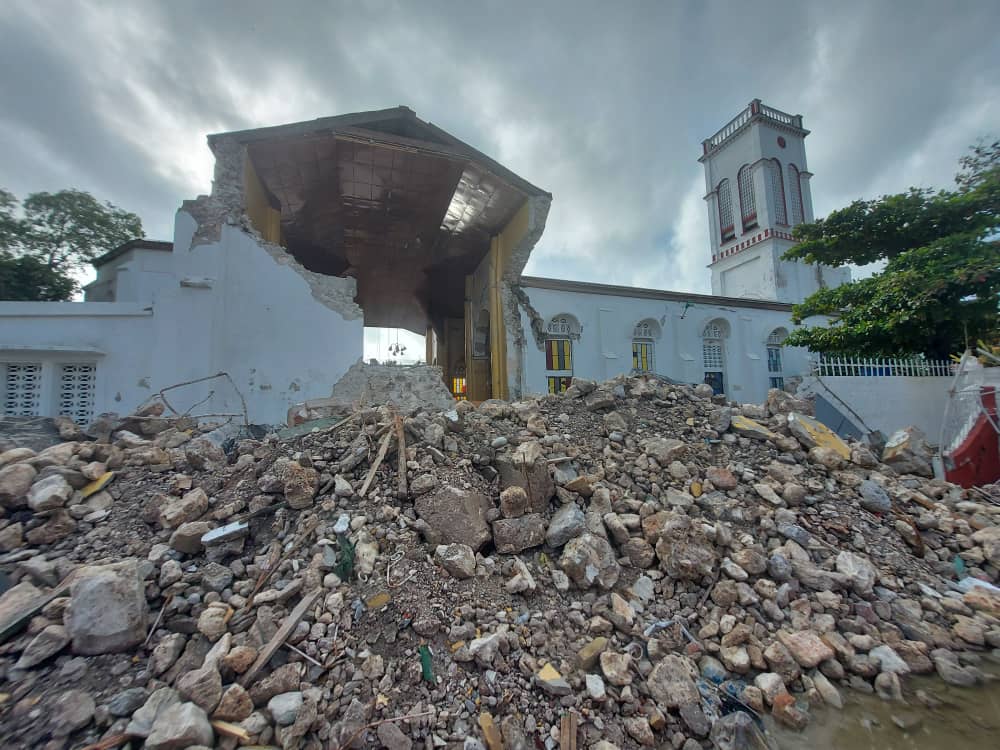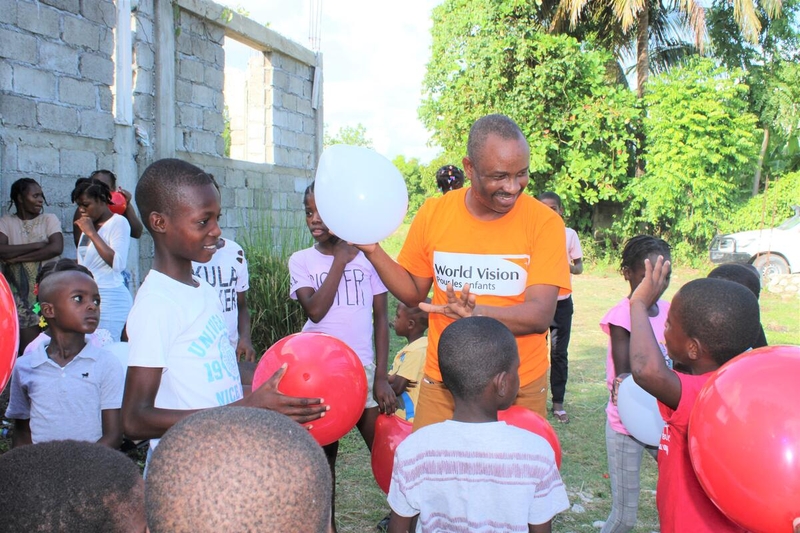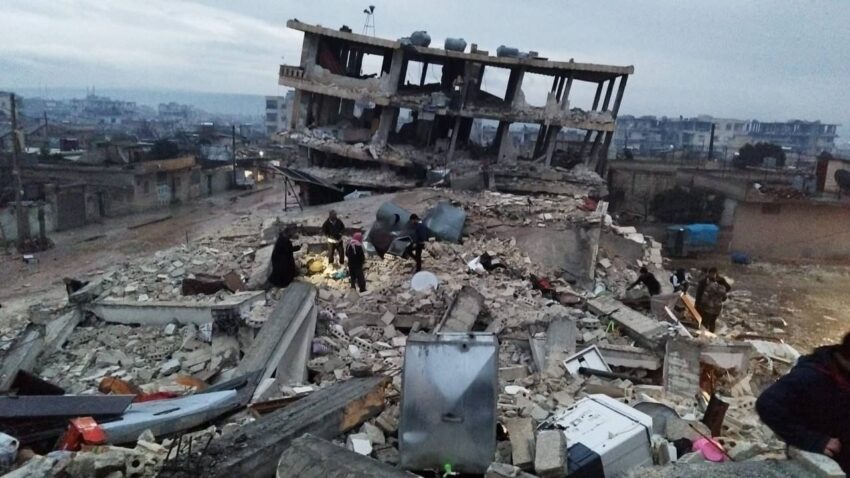Imagine the earth’s crust and outer mantle as an enormous jigsaw puzzle composed of seven big plates and many smaller ones, each uniquely shaped, that fit together along their boundaries. These plates continuously shift over the molten core beneath them, creating friction where they touch and accumulating energy. The pent-up energy is eventually released when the plates push past or get shoved beneath one another, resulting in powerful earthquakes. These seismic events can sometimes trigger tsunamis — large ocean waves with significant impact.
A striking example of this occurred on March 28, 2025, when a 7.7 magnitude earthquake struck central Myanmar. The quake led to widespread devastation, collapsing buildings and bridges, and affecting thousands of lives. It shows the immense and devastating power stored beneath the Earth’s surface.
As these tectonic plates shift, the earth’s landscape is altered as well, giving rise to awe-inspiring natural wonders — towering mountains and fiery volcanoes — all the while sculpting new coastlines.
Earthquakes and tsunamis: Facts, FAQs, and how to help
Explore facts and frequently asked questions about earthquakes and tsunamis, and find out how to help people affected by natural disasters.
- Fast facts: Earthquakes and tsunamis
- What are the main causes of earthquakes and tsunamis?
- What are hazards linked to earthquakes?
- What are tsunamis and where do they come from?
- Are tsunamis the same as tidal waves?
- How can I prepare for an earthquake?
- What should I do in an earthquake to stay safe?
- What is World Vision’s response to earthquake and tsunami survivors?
- How can I help people affected by earthquakes and tsunamis?
- Timeline: Earthquake and tsunami studies
Fast facts: Earthquakes and tsunamis
- Every year, Earth experiences approximately 500,000 earthquakes, about 100,000 of them being perceptible and around 100 causing damage. Major earthquakes, measuring a magnitude of 7 or higher, occur somewhere on earth roughly once a month.
- A magnitude 9.5 earthquake in Chile on May 22, 1960, is the most powerful earthquake in recorded history.
- The largest-known quake in the United States struck Prince William Sound, Alaska, on March 28, 1964, and measured magnitude 9.2.
- The 2004 Indian Ocean tsunami, triggered by a magnitude 9.1 earthquake near Sumatra, caused widespread destruction, claimed the lives of approximately 230,000 people, and left millions displaced or affected.
- Tsunamis also can be caused by volcanic eruptions, underwater landslides, or even asteroid impacts.
- The Pacific Ocean’s “Ring of Fire” is a major hotspot for earthquake and tsunami activity due to the high concentration of tectonic plate boundaries.
- Tsunamis can travel across entire ocean basins, reaching distant coastlines with devastating force.
What are the main causes of earthquakes and tsunamis?
Earthquakes can cause tsunamis, but tsunamis can have different causes as well. Earthquakes happen because the earth’s outer layer is made up of big pieces called tectonic plates that are always moving. When these plates press against each other, they create a lot of potential energy. Sometimes, this energy is quickly released as the plates suddenly grind past or under each other, causing the ground to shake — which we call an earthquake. Scientists gauge earthquake magnitude by analyzing ground movement data from a global network of seismic stations.
Tsunamis, on the other hand, are triggered by either undersea earthquakes or volcanic eruptions. When an earthquake happens under the ocean, it can move the water above it and create big waves that travel thousands of miles across the ocean floor. These waves are called tsunamis.

What are the hazards linked to earthquakes?
Strong earthquakes can be extremely dangerous. The earth’s shaking may cause landslides or even rupture the ground surface. When saturated loose soils lose their stiffness and form, liquefaction occurs, and the ground collapses like a liquid. In a one-two punch, a tsunami may follow an undersea earthquake, bringing massive destruction to coastal zones.
Most earthquake deaths are due to structural failures of buildings. The 2010 Haiti earthquake, for example, struck hardest in the capital, Port-au-Prince, where poorly constructed buildings collapsed. The disaster claimed an estimated 250,000 lives and left 1.5 million people homeless.
Secondary effects of earthquakes can include infrastructure collapse, fires, and disease. After the Haiti quake, a cholera outbreak spread quickly through the camps where people lived for many months. The 1906 San Francisco earthquake triggered a secondary hazard: fires ignited by ruptured gas mains burned for three days and destroyed about 500 city blocks. In more recent disasters, downed power lines caused fires.
What are tsunamis and where do they come from?
Tsunamis are giant waves caused by sudden shifts in the seafloor, often due to earthquakes or underwater volcanic activity. These immense waves can travel as fast as a jet plane, reaching speeds of up to 500 miles per hour, especially across the open ocean.
As tsunamis approach land, they gradually slow down and their height increases dramatically. For example, the 2004 Indian Ocean tsunami and the 2011 Japan tsunami waves exceeded 100 feet in height as they reached the shoreline.
Tsunamis occur most frequently in the “Ring of Fire,” a horseshoe-shaped belt in the Pacific Ocean known for its frequent volcanic eruptions and earthquakes.
Are tsunamis the same as tidal waves?
Tsunamis and tidal waves are distinct phenomena despite both being sea waves. Tidal waves are simply part of the tides caused by the gravitational pull of the sun and moon on Earth — occurring daily on the seashore — and are generally less than a dozen feet tall, moving at up to 20 miles per hour. Tsunamis are not influenced by tides, can move at 500 miles per hour, and can surge onto shore nearly 100 feet high.
How can I prepare for an earthquake?
When it comes to earthquake preparedness, taking proactive measures is crucial. The U.S. Geological Service advises individuals to equip their households with essentials for self-sufficiency, especially in the event of aftershocks lasting a week or longer.
Here’s a checklist to consider stockpiling:
- Fire extinguisher
- Dried and packaged food for multiple days
- One gallon of water per family member per day; consider bleach or purification tablets for water treatment
- First-aid kit and necessary medications
- Tools to shut off gas and water lines
- Camp stove or barbecue and cooking fuel
- Flashlight, along with extra batteries and bulbs
- Sturdy plastic bags for waste disposal
To prepare for the unexpected, participate in International ShakeOut Day, held on the third Thursday of October.
What should I do in an earthquake to stay safe?
In the event of an earthquake, federal, state, and local officials all agree on the best safety measures: drop onto your hands and knees, cover your head and neck, and hold on until the shaking stops. They do not recommend standing in a doorway or trying to run outside. If you’re close to a sturdy table or desk, consider crawling underneath it for shelter.
If you or a loved one has a disability that prevents dropping to the ground, the Earthquake Country Alliance has resources to help address specific needs.

What is World Vision’s response to earthquake and tsunami survivors?
In the aftermath of earthquakes and tsunamis, World Vision takes swift action, delivering vital aid and support to those affected. Our mission extends beyond immediate relief — we’re dedicated to help alleviate suffering, restore hope, and empower communities to rebuild their lives and livelihoods after these devastating events. Here are some ways we respond:
- Emergency aid: We deliver life-saving supplies such as food, access to clean water, blankets, and essential hygiene items to affected communities. These supplies are crucial for survival in the immediate aftermath of a disaster.
- Shelters: World Vision helps set up temporary shelters and provides materials for rebuilding communities destroyed or damaged by earthquakes and tsunamis. This allows families to regain a sense of stability and security.
- Child-Friendly Spaces: We establish safe spaces for children in disaster-affected areas, giving them a secure place to play and learn, while helping them cope with the challenges they’ve experienced.
- Education and psychosocial support: We offer children in emergencies quality education, temporary learning spaces, and school supplies. Also, we provide psychosocial support to help children and their families through their difficulties.
- Livelihood support: We equip communities with vocational training, tools, and resources to help families recover economically. This helps restore a sense of normalcy and self-sufficiency.
- Disaster preparedness and risk reduction: We collaborate with communities to build resilience and preparedness for future disasters. This includes training them in disaster risk reduction strategies, early warning systems, and emergency response planning.
- Long-term recovery and rehabilitation: Remaining engaged in disaster-affected areas for the long term, we support affected communities in their recovery journey. This involves sustainable development projects to rebuild infrastructure, improve healthcare and education, and enhance community resilience.
Read insights from World Vision’s global director for humanitarian operations: “5 essential lessons we’ve learned responding to earthquakes.”
Major earthquakes prompting World Vision’s response
Here are some notable events where World Vision provided crucial aid to survivors:
- 2001 Bhuj, Gujarat, India earthquake: Magnitude 7.9, loss of 20,000 lives
- 2004 Indian Ocean earthquake and tsunami: Magnitude 9.1, loss of 230,000 lives
- 2005 Kashmir earthquake: Magnitude 7.6, loss of 73,000 lives
- 2010 Haiti earthquake: Magnitude 7.0, loss of at least 250,000 lives
- 2011 Japan earthquake and tsunami: Magnitude 9.0, loss of 20,000 lives
- 2015 Nepal earthquake: Magnitude 7.8, loss of 9,000 lives
- 2016 Ecuador earthquake: Magnitude 7.8, loss of 700 lives
- 2017 Mexico earthquakes: Magnitudes 8.1 and 7.1, loss of at least 225 lives
- 2018 Indonesia earthquakes and tsunami: Magnitudes 6.9 and 7.5, loss of at least 2,000 lives
- 2021 Haiti earthquake: Magnitude 7.2, loss of 2,000 lives
- 2023 Turkey-Syria earthquake: Magnitude 7.8, loss of 55,000 lives
How can I help vulnerable people affected by earthquakes and tsunamis?
- Pray: Join us in praying for all those affected by earthquakes and other disasters.
- Give: Your gift will help vulnerable children and families in the aftermath of earthquakes and disasters.
Sevil Omer of World Vision’s U.S. staff contributed to this article.


